Peonies are one of the most beloved flowers in the world, and for good reason. Their lush, voluminous blooms and enchanting fragrance make them a standout in any garden or floral arrangement. Whether you've just been gifted a stunning bouquet of cut peonies or you're nurturing a peony bush in your backyard, knowing how to properly care for them is key to enjoying their beauty for as long as possible. This guide will walk you through everything you need to know, from the moment you get them home to long-term maintenance for your garden plants.
Let's start with cut peonies, as these often require immediate attention to extend their vase life. When you first bring them home, it's crucial to prepare them correctly. Begin by filling a clean vase with lukewarm water and adding a packet of flower food. This provides essential nutrients and helps inhibit bacterial growth.
Next, you'll want to recut the stems. Using a sharp, clean knife or shears, trim about one to two inches off the bottom of each stem. Make this cut at a 45-degree angle. Why an angle? It increases the surface area for water uptake and prevents the stem from sitting flat on the bottom of the vase, which can block water absorption.

Immediately after cutting, place the stems into the prepared vase. If there are any leaves that will fall below the waterline, be sure to remove them. Submerged leaves will decay quickly, promoting bacterial growth that can clog the stems and shorten the life of your flowers. Your peonies will also appreciate being placed in a cool spot, away from direct sunlight, heating vents, and ripening fruit, which emits ethylene gas that can cause flowers to age prematurely.

To keep your cut peonies looking fresh, change the water every two days. Each time you change the water, recut the stems by a small amount and add fresh flower food. This simple routine of regular maintenance for cut flowers will make a significant difference in their longevity. If you notice a flower starting to wilt prematurely, you can try the hot water trick. Place the stem in about an inch of very hot (not boiling) water for about 30 seconds, then immediately return it to the vase with cool water. This can sometimes help revive a drooping bloom.
Now, let's turn our attention to the magnificent plants growing in your garden. Caring for tree peonies is a long-term commitment, but it's incredibly rewarding. The first and most important step is choosing the right location. Tree peonies thrive in a spot with full sun to very light shade. They need at least six hours of sunlight daily to produce the best blooms. The planting site should have excellent drainage, as their roots despise sitting in soggy soil.
When you're ready to plant, dig a hole that is both wide and deep enough to accommodate the root system without crowding. A common mistake is planting too deep. For grafted tree peonies, the graft union should be about four to six inches below the soil surface. For non-grafted plants, plant them at the same depth they were growing in their container. Mix some compost or well-rotted manure into the soil you removed to backfill the hole, as this will provide a nutrient-rich start.
Watering is critical, especially during the first few years as the plant establishes itself. Provide a deep, thorough watering once a week, allowing the soil to dry out slightly between waterings. It's much better to water deeply and less frequently than to give them small, daily sips of water. This encourages the roots to grow deeper into the soil, creating a stronger, more drought-resistant plant. A layer of organic mulch, like bark chips or compost, applied around the base of the plant will help retain soil moisture and suppress weeds. Just be sure to keep the mulch a few inches away from the main stem to prevent rot.
Feeding your tree peony is essential for vigorous growth and spectacular blooms. In early spring, as the new growth begins to emerge, apply a balanced, slow-release fertilizer or one that is formulated specifically for peonies and roses. Avoid high-nitrogen fertilizers, as they can promote weak, leafy growth at the expense of flowers. A second, lighter application of fertilizer can be made after the blooming period is over to help the plant recover and store energy for next year.
Pruning is another key aspect of tree peony care, but it's quite simple. The primary goal is to maintain a good shape and remove any dead, damaged, or diseased wood. The best time to prune is in late winter or early spring, just as the buds are beginning to swell. This allows you to clearly see which branches are alive and which are not. Make your cuts just above an outward-facing bud. Unlike herbaceous peonies, the woody structure of a tree peony remains year-round, so you are not cutting it down to the ground.
Even with the best care, you might encounter a few issues. The most common problem is a lack of blooms. This can be caused by several factors, including planting too deep, insufficient sunlight, or a plant that is still too young and establishing its root system. Be patient, as some tree peonies can take a few years to settle in and bloom profusely.
Botrytis blight, a fungal disease, can sometimes be a problem, especially in cool, wet spring weather. You might see wilting shoots, buds that turn black and fail to open, or gray mold on the leaves. To manage this, ensure good air circulation around your plants and avoid overhead watering. Remove and destroy any affected plant parts immediately to prevent the spread.
For both cut and garden peonies, one of the most exciting moments is when the buds begin to swell. For cut peonies, harvesting at the right stage ensures they will open beautifully in your vase. Look for buds that are soft, like a marshmallow, and showing a bit of color. If they are still hard and green, they may not open once cut. For garden peonies, if you have particularly large, heavy blooms, they may benefit from a little support. A peony cage or ring placed early in the season can help hold the stems upright and prevent them from flopping over after a rain.
Whether in a vase or in the ground, the timeless elegance of the peony is worth the effort. By following these practical steps for cut flower care and long-term tree peony maintenance, you'll be able to enjoy their breathtaking beauty season after season. Remember that gardening is a journey, and each year you'll learn more about what makes your specific plants thrive.
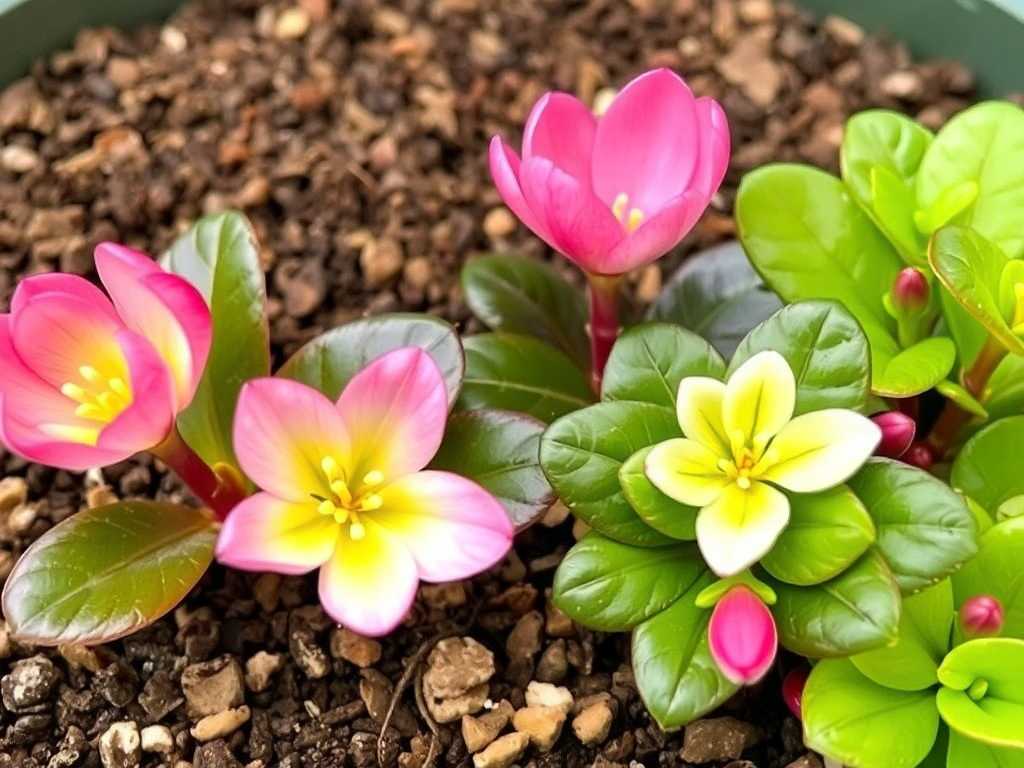
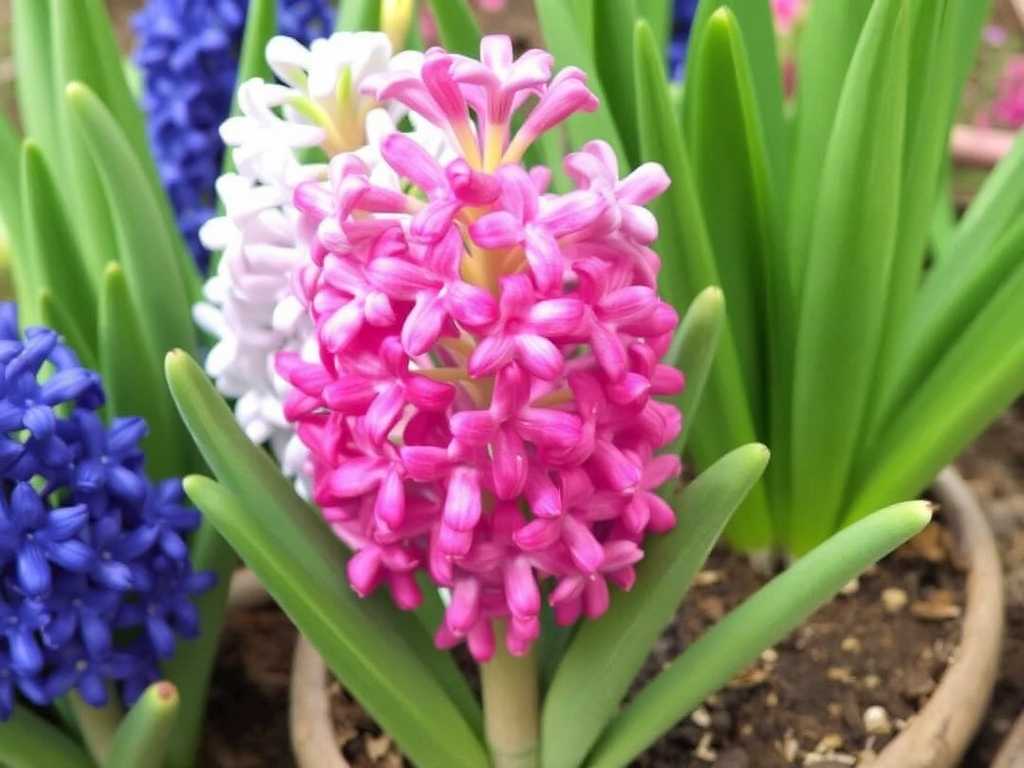
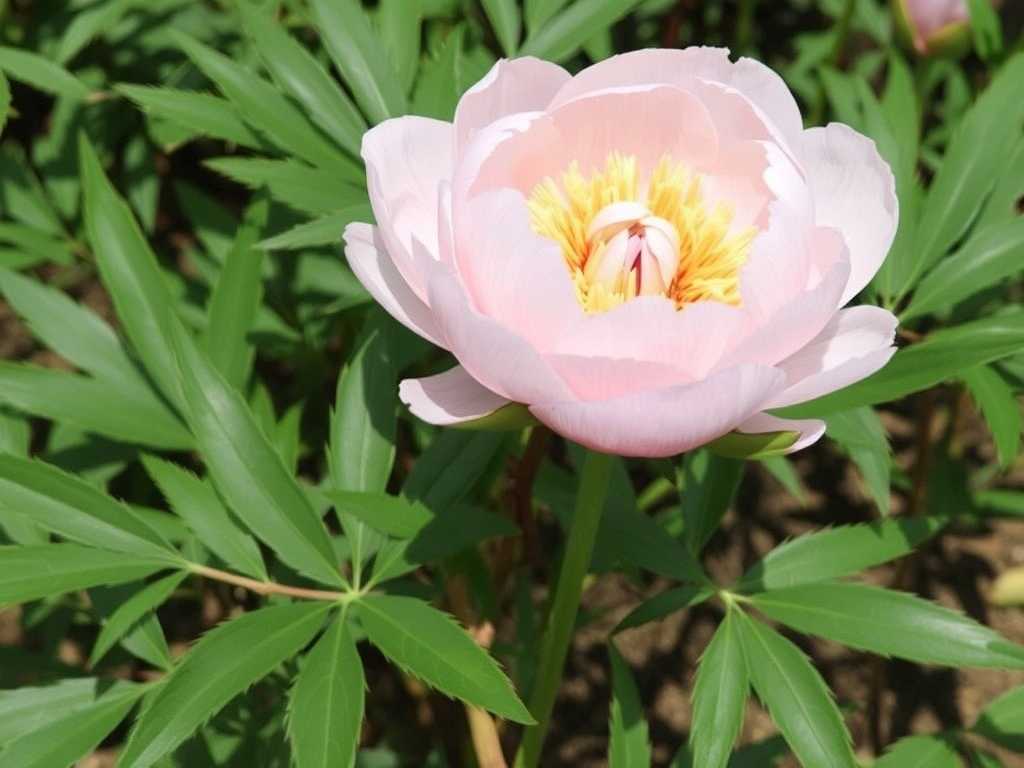
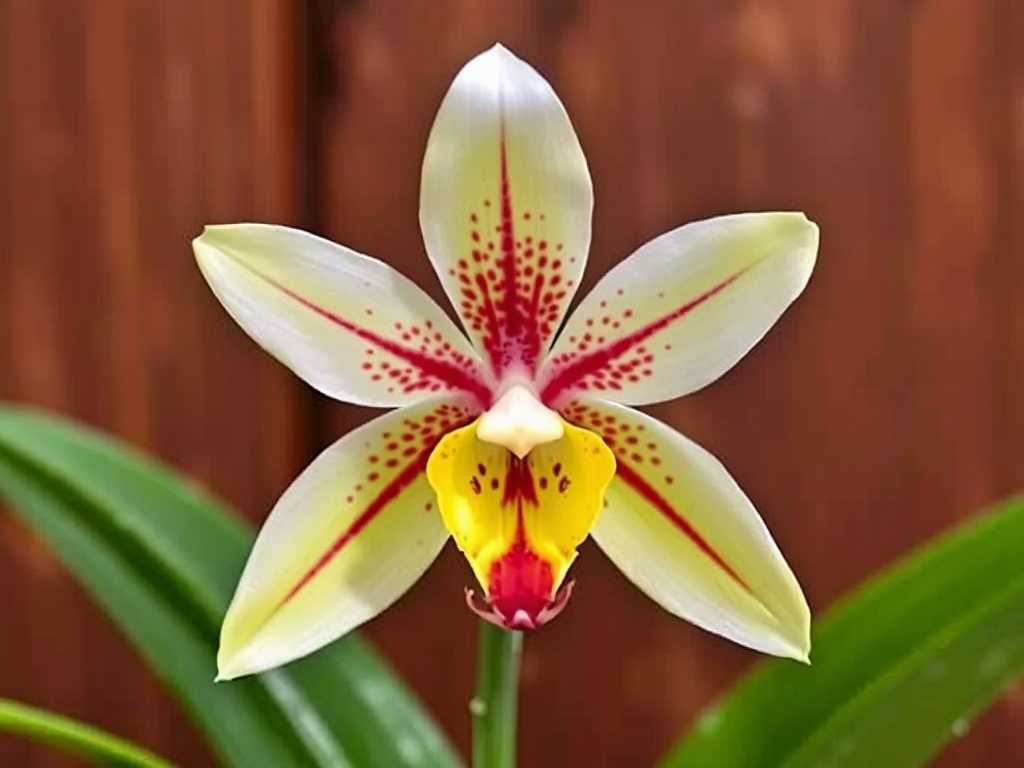
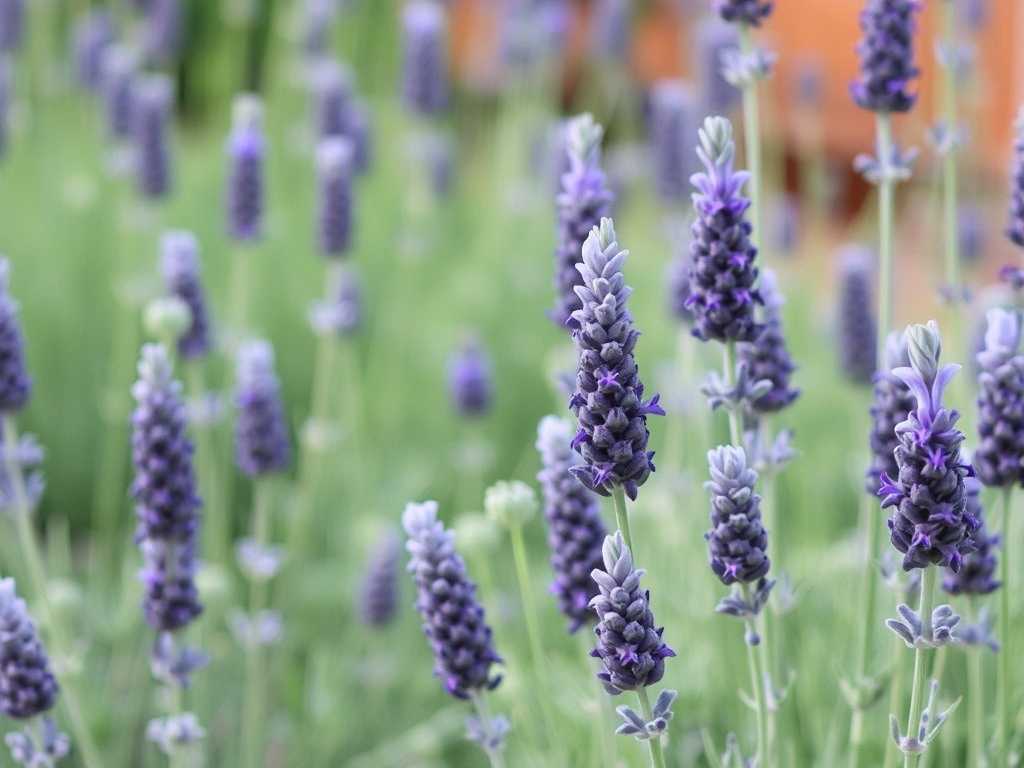
发表评论